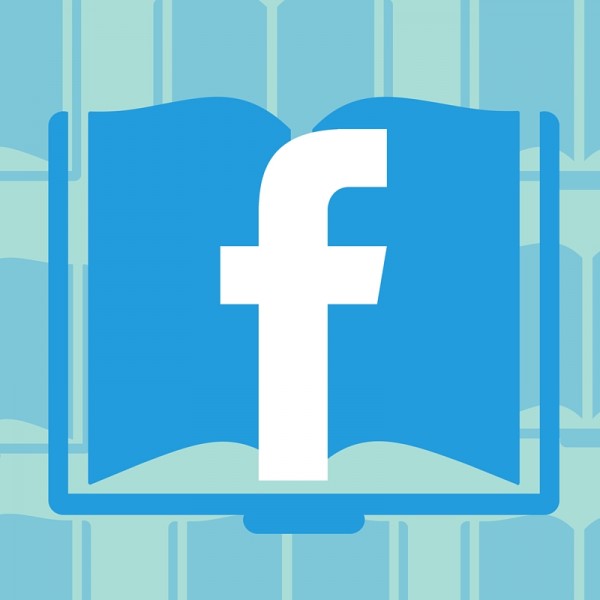
A new study from Facebook provides some useful insights about situations where storytelling techniques have benefited brands using them.
Two types of storytelling ad campaigns, “funnel-based” and “priming and reminding” were compared in the study. Both rely on sequentially displaying a series of related ads to the same prospect over time.
Here’s what’s currently offered:
Funnel-based storytelling
Facebook defines funnel-based story telling as a sequencing technique used “when an advertiser uses a series of messages to “walk” a potential customer down the purchase funnel.”
This journey follows the classic IADA (Interest/Awareness/Desire/Action) funnel; programming a sequence of four ads is a simple matter of mapping each ad execution to its appropriate funnel stage, which grows narrower as the story continues.
Three-stage funnel-based storytelling executions were tested. “The first phase, called “Meet the Brand” would be a brand’s introduction to the market. This phase occurs no matter if the brand is new to the market or an established brand. The next phase, “The Teaser,” would feature a product-focused ad. The third and final phase, “The Hook,” would feature a call-to-action ad.”
“Priming and reminding” storytelling
A “priming and reminding-“style storytelling execution — unlike a funnel-based one — isn’t linear. This kind of execution “using multiple ad formats, like display or video ads, to help educate people of the brand’s relevance to their lifestyle in two phases.
For example, the advertiser would use creative that showcased the brand’s value proposition to “Set the Stage” in the first phase. In the second phase, “The Synopsis,” the advertiser would use their creative to “remind” people of the main brand storyline found in Phase 1.”
Which storytelling method will work for your brand?
Both types of story-telling executions have value, according to the study. One study participant, retailer Refinery29, “had 49% greater conversion rates for email registrations when using a funnel-based marketing approach,” whereas with Quaker — which used prime-and-remind — “we observed incremental positive lift for all implementations with the incremental lift ranging from 0.7% to 3.3% on message association.” While each participant saw positive results, different KPIs and business models were in play.
“No marketing approach is one-size-fits-all,” wrote Facebook, “but based on the cases in this research we have seen that most of the time there is a positive lift when a campaign is designed using the storytelling framework.”
For marketers with a budget — and a compelling story to tell — the best path toward finding the best brand storytelling format is through a program of experimentation.
A complete copy of Facebook’s storytelling study is available here:
https://fbinsights.files.wordpress.com/2015/08/facebookiq_powerofstorytelling_august2015.pdf
- 10 Mistakes to Avoid When Using QR Codes for Marketing - September 20, 2023
- Kevin Lee on How AI Changes the SEO Landscape - August 31, 2023
- The Power of Compound Marketing: Kevin Lee Presents @ 1MediaWorld 2023 Global Conference - March 7, 2023
